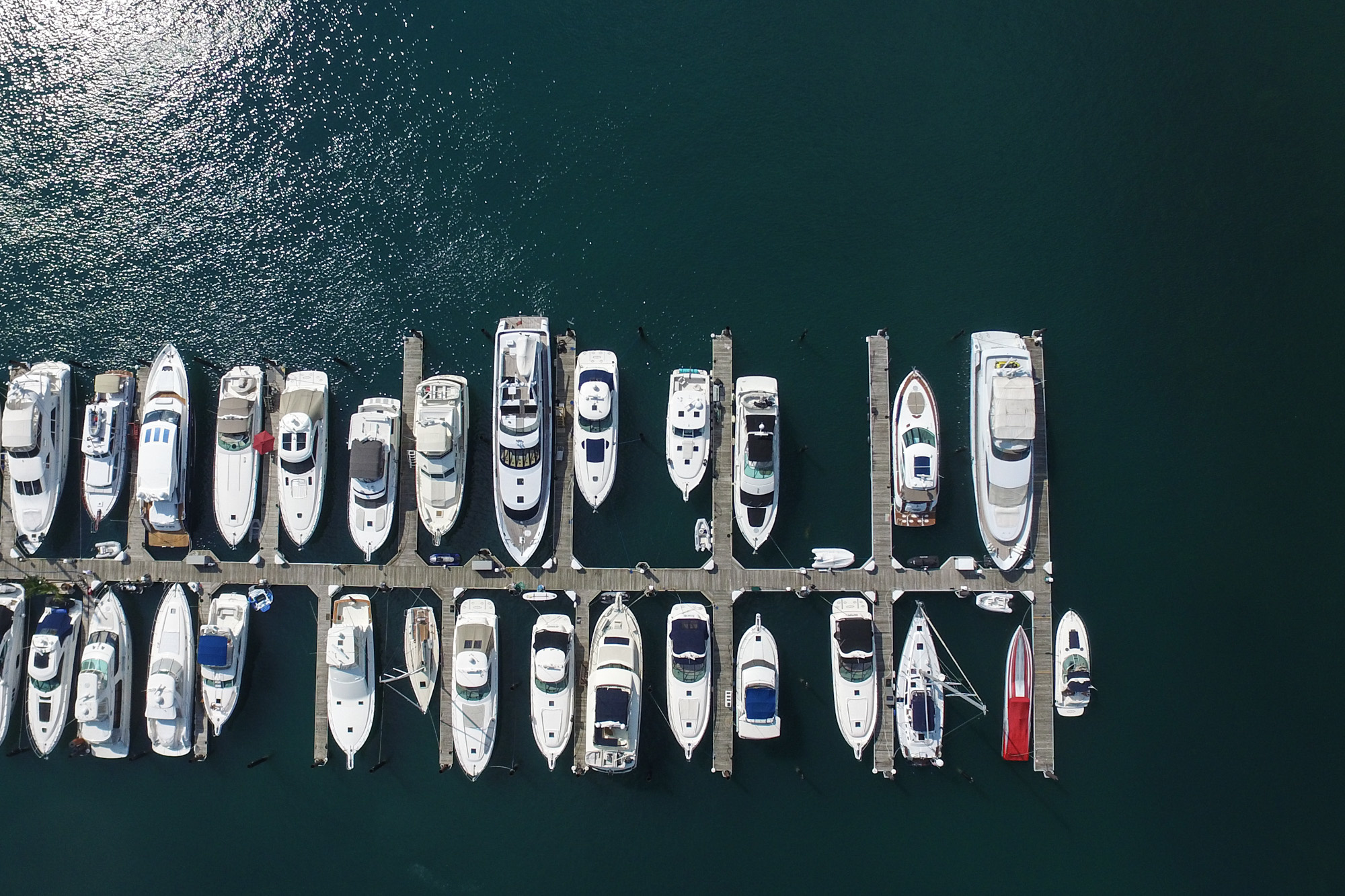A boat tiller is one of the simplest and most effective tools for steering smaller boats. If you're a beginner exploring basic boating techniques or a seasoned enthusiast revisiting the essentials, understanding the tiller on your boat is vital for safe and enjoyable navigation.
A Boat's Steering System
The boat's steering system encompasses various components that control the vessel's direction.
For small boats, a tiller is one of the simplest steering systems. Larger boats often rely on more complex systems, such as wheel steering, which uses cables, hydraulics, or electronics to control the rudder.
Despite advancements in steering technology, tillers remain popular for their simplicity, reliability, and low maintenance. They are particularly popular in small boats where space and weight constraints make wheel steering impractical.
What Is A Tiller On A Boat?
A tiller on a boat is a long, horizontal lever used to control the direction of a boat by steering its rudder. Attached directly to the rudder post, the tiller acts as the operator's primary interface with the boat's steering system, allowing for precise and responsive navigation.
By pushing or pulling the tiller, the operator changes the angle of the rudder, which in turn redirects the water flow and alters the boat's course.
This simple mechanism is commonly found on smaller boats, including sailboats, dinghies, and small motorized vessels. The tiller is valued for its straightforward design, ease of use, and reliability, making it an essential tool for both novice and experienced boaters.
Small Outboard Motors Have A Tiller
For small outboard motorboats, the tiller is the primary control for steering and throttle adjustment. In these boats, the tiller is typically an integrated handle connected directly to the motor. Turning the tiller adjusts the direction of the motor, effectively steering the boat, while a twist grip on the handle often controls the throttle.
This setup is especially useful for small fishing boats and dinghies, offering an intuitive and compact steering mechanism. Boaters can easily steer with one hand while managing speed with the other.
Where Is A Tiller On A Boat?
The tiller on a boat is typically located at the stern, where it attaches to the rudder. Its placement allows the captain to easily control the boat's steering while maintaining a clear view of the surroundings.
On small sailboats or dinghies, the tiller is often a straightforward wooden or metal rod extending horizontally from the rudder. This positioning offers the operator a natural handhold for precise steering. For small motorized boats, the tiller may be integrated directly into the outboard motor's control handle.
What Is The Difference Between A Rudder And A Tiller?
A rudder and a tiller work together but serve distinct purposes. The rudder is the flat, vertical blade mounted at the stern of the boat, which moves through the water to direct the vessel's path. The tiller, on the other hand, is a horizontal lever attached to the rudder.
Think of the rudder as the part that interacts with the water and the tiller as the tool in your hands that manipulates it. Without a tiller (or other steering mechanisms), the rudder would be immovable, leaving the boat unsteerable.
What Is A Tiller Pin Used For?
A tiller pin is a small but crucial component of the tiller assembly. It connects the tiller to the rudder post or stock, serving as a pivot point that allows the tiller to turn the rudder. This simple mechanism creates smooth and efficient steering.
The Norwegian Tiller
The Norwegian tiller is a traditional design that is still in use today. Unlike the straight tiller in most modern boats, a Norwegian tiller is often curved or angled to provide more ergonomic control. This design is common in Scandinavian sailing vessels, reflecting the region's long-standing maritime heritage.
The Norwegian tiller is designed for efficiency and ease of use, particularly during long voyages. Its unique shape allows the captain to steer comfortably while maintaining a stable position in the boat.
Tiller Vs. Console
When comparing a tiller to a console, the choice often depends on the boat type, size, and intended use. A tiller is simple, lightweight, and ideal for small boats. It provides direct, responsive control and requires minimal maintenance. The compact design also frees up space in the boat for passengers or equipment.
Conversely, a console is a more advanced steering system typically used in larger boats.
It often includes a steering wheel, throttle controls, and navigation equipment, providing greater precision and convenience for extended trips or complex maneuvers.
The trade-off lies in cost, complexity, and the type of boating experience you're looking for. While a console offers comfort and advanced features, a tiller remains a trusted choice for its simplicity and hands-on feel.
Why the Tiller Is Important in Boating
The tiller on a boat is not just a steering mechanism; it's a tool that offers precision, reliability, and a direct connection to the water. A tiller is easy to use, making it ideal for beginners.
Direct steering allows for quick adjustments, which is particularly useful in small boats navigating tight spaces. With fewer moving parts compared to wheel systems, tillers are more manageable and less expensive to maintain.
Using a tiller gives boaters a tactile sense of the boat's response, enhancing their skills and enjoyment.
How To Drive A Boat With A Tiller
Driving a boat with a tiller is straightforward with practice. Here's a condensed guide:
- Understand the Mechanics: The tiller works oppositely, push left to turn right, and vice versa.
- Start the Engine or Prepare the Sail: For motorboats, start at low throttle; for sailboats, center the tiller while setting the sails.
- Grip the Tiller: Hold it firmly with one hand, using the other for throttle or sail adjustments.
- Steer Gradually: Make small tiller movements to maintain control and execute smooth turns.
- Turn the Boat: Push or pull the tiller to adjust the rudder and change direction.
- Navigate Tight Spaces: Use slow speeds and precise tiller adjustments when docking or maneuvering.
- Practice Safety: Always wear a life jacket and stay aware of obstacles.
Start in a vast, open area with minimal traffic to become comfortable with the tiller's responsiveness.
Boat Tillers: Essential To Boating
A boat tiller is a fundamental component of small boat steering systems, combining simplicity with effective control. By understanding what a tiller is, how it works, and its various uses, you can appreciate its role in boating and navigate confidently.


